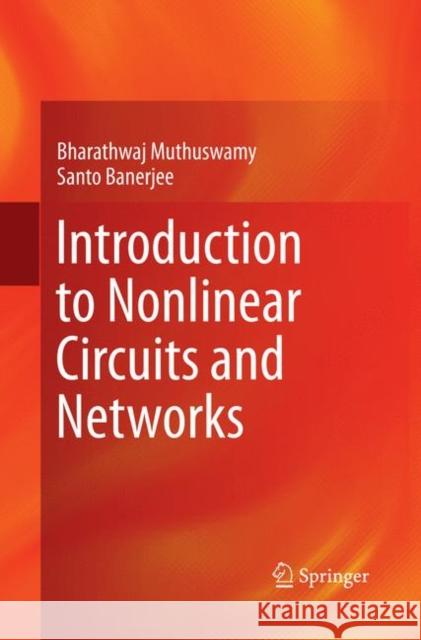Introduction to Nonlinear Circuits and Networks » książka
topmenu
Introduction to Nonlinear Circuits and Networks
ISBN-13: 9783030097981 / Angielski / Miękka / 2019 / 360 str.
Kategorie:
Kategorie BISAC:
Wydawca:
Springer
Język:
Angielski
ISBN-13:
9783030097981
Rok wydania:
2019
Dostępne języki:
Ilość stron:
360
Waga:
0.53 kg
Wymiary:
23.39 x 15.6 x 2.01
Oprawa:
Miękka
Dodatkowe informacje:
Glosariusz/słownik
Wydanie ilustrowane
Wydanie ilustrowane











